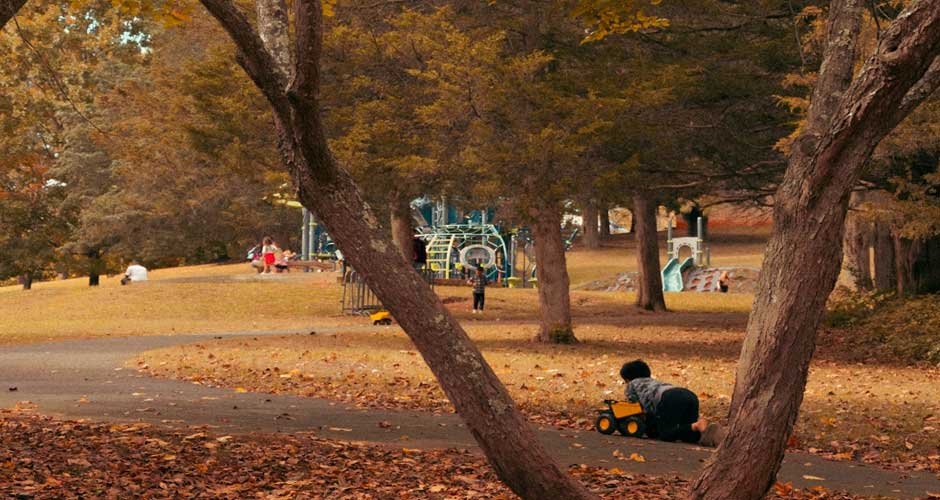The importance of communal parks in a city can be aptly explained using the analogy of lungs for the human body. According to the American Lung Association, it forms a vital part of the respiratory system, enabling the body to receive fresh air full of oxygen.
Similarly, parks act as the lungs of the city, where every smallest unit or individual, requires life-giving oxygen. This is why the US houses so many different kinds of parks, ranging from national parks to amusing theme parks.
Public parks are generally maintained by the city park agencies. Now, alarming news was published this year that a whopping $22 billion is needed to address national park maintenance backlogs. Our communal parks also need their due diligence and care. In this article, we will focus on three ways to maintain park cleanliness to reclaim the power of green spaces.
Proper Waste Management
The first aspect of maintaining any property, be it a residential apartment, company building, or a public park, is proper waste disposal. Did you know that national parks alone generate over 100 million pounds of waste each year?
This would include waste from park operations, visitors, etc. In the case of pet-friendly public parks, an additional type of waste would be pet urine and feces. There are a variety of ways in which public parks can dispose of waste, including –
- Periodic placement of trash bins, preferably segregated to throw dry and wet waste.
- Composting of organic materials like fruit peels, vegetables, grains, etc. This process can be accelerated using worms.
- Even incineration can be used to burn off solid wastes at high temperatures until they produce gas, steam, and heat. The gases can then be treated before they are released into the environment.
- Waste compaction is another popular method in which the waste matter is shredded into tiny pieces. This not only reduces pollution but also makes the waste matter more manageable.
These ways of waste disposal are largely generic. In parks where pets will also litter the area, owners must be strictly advised to clean after their fur buddies. Even then, Scoop Soldiers state that some residue does get left behind.
This is not something to be taken lightly because pet waste can be hazardous, being a breeding ground for bacteria like E.coli. This is especially true of dog feces. Hence, investing in commercial dog waste removal services is a safe decision for park management. The experts will not only clean the residue but they will sanitize and deodorize the area for safety and health.
Clear Signage
Now, most of the public parks in the US are not modest spaces occupying a few square meters. They are vast expanses where it is easy to get lost. Though a navigation map at the entrance is imperative, it’s natural that one may not know it by memory.
This is precisely why parks come with various signage helping their visitors to find their way around and back. The problem arises when the extreme of signage clutter becomes apparent. For instance – one spot may showcase a number of competing signs that may easily confuse the visitor.
Moreover, it becomes an unseemly sight, ushering chaos into an otherwise serene environment. Efforts are necessary to ensure that simple, singular, clear signage suffices to help visitors with navigation. Reduced clutter will automatically render a cleaner and more streamlined look to the park.
Sustainable Landscaping Practices
The landscaping market in the US is certainly a huge one. It was a massive $153.56 billion in 2023. One area that is becoming increasingly popular is that of sustainable landscaping. It involves a modern approach to gardening that uses fewer non-renewable resources.
This means sustainable landscaping is environment-focused. So, what comes under sustainable landscaping practices?
- Grasscycling – This method aims to recycle grass naturally by leaving behind grass clippings.
- Mulching – This practice involves retaining soil moisture to decrease the volume of water required.
- Xeriscaping – This method uses drought-tolerant native plants that grow slowly to reduce yard trimming needs.
- Hydrozoning – Under this technique, plants with similar watering needs are grouped together.
- Rainwater harvesting – In this method, rainwater is collected and stored for irrigation on a reusable basis.
Given the many methods we have mentioned, you may wonder how exactly these work to keep public parks clean. The three main ways sustainable landscaping helps maintain park cleanliness include weed suppression, moisture retention, and reduction of organic junk.
So you see; maintaining public parks is not child’s play. Various city parks have been struggling to keep up due to staff shortages. As a result, all areas are suffering. Perhaps it’s time to outsource the relevant services so that the experts can take charge. That way, there will be no public disruption and parks can run as smoothly as ever.





